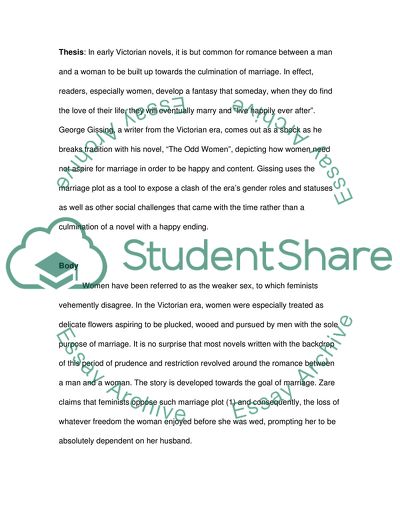Cite this document
(“A Critique of The Odd Women Essay Example | Topics and Well Written Essays - 2500 words”, n.d.)
A Critique of The Odd Women Essay Example | Topics and Well Written Essays - 2500 words. Retrieved from https://studentshare.org/literature/1702220-a-critique-of-the-odd-women
A Critique of The Odd Women Essay Example | Topics and Well Written Essays - 2500 words. Retrieved from https://studentshare.org/literature/1702220-a-critique-of-the-odd-women
(A Critique of The Odd Women Essay Example | Topics and Well Written Essays - 2500 Words)
A Critique of The Odd Women Essay Example | Topics and Well Written Essays - 2500 Words. https://studentshare.org/literature/1702220-a-critique-of-the-odd-women.
A Critique of The Odd Women Essay Example | Topics and Well Written Essays - 2500 Words. https://studentshare.org/literature/1702220-a-critique-of-the-odd-women.
“A Critique of The Odd Women Essay Example | Topics and Well Written Essays - 2500 Words”, n.d. https://studentshare.org/literature/1702220-a-critique-of-the-odd-women.


